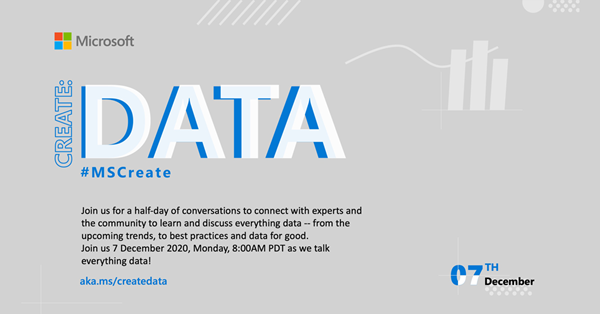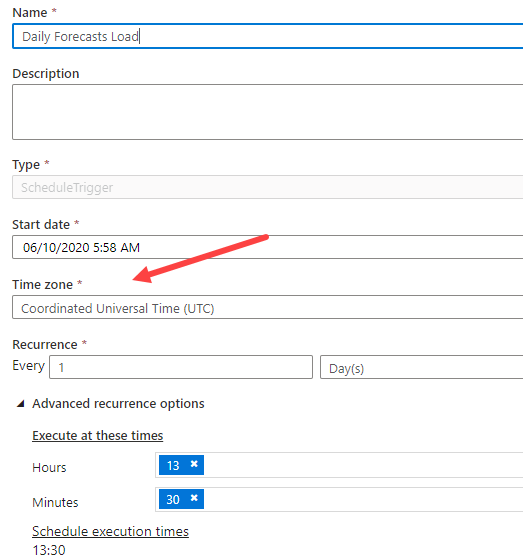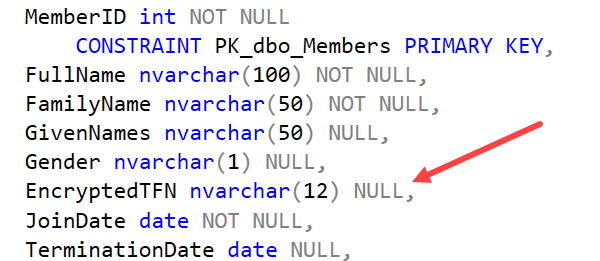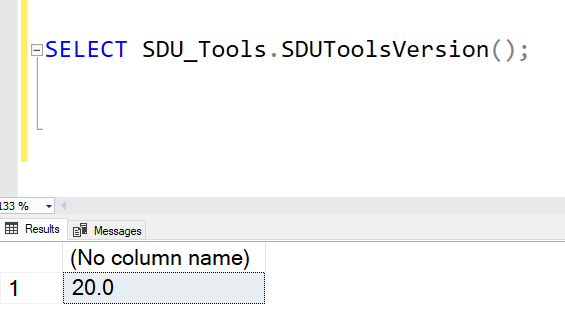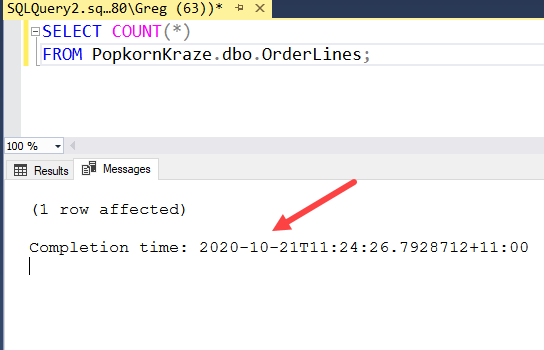
Happy new year: and a reflection on 2020
Hi Folks,
Just wanted to make a post to wish you all a happy new year for 2021.
I doubt there’s anyone much on the planet who didn’t have a very, very peculiar, or very, very difficult 2020, and while there’s a glimmer of hope with the virus now as vaccines arrive, I suspect that 2021 is still going to be dominated by the coronavirus, and a very tough year for so many.
2021-01-01

